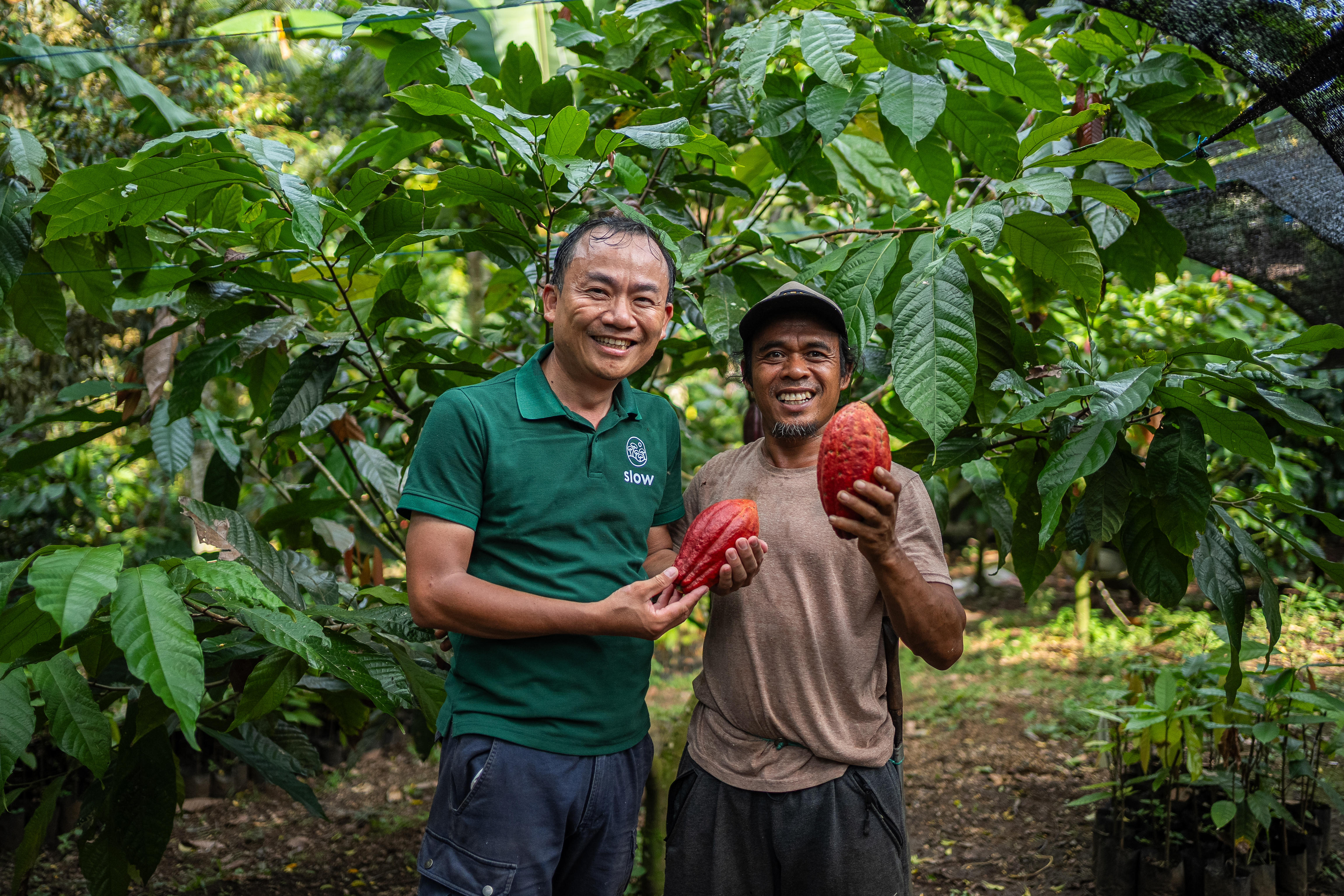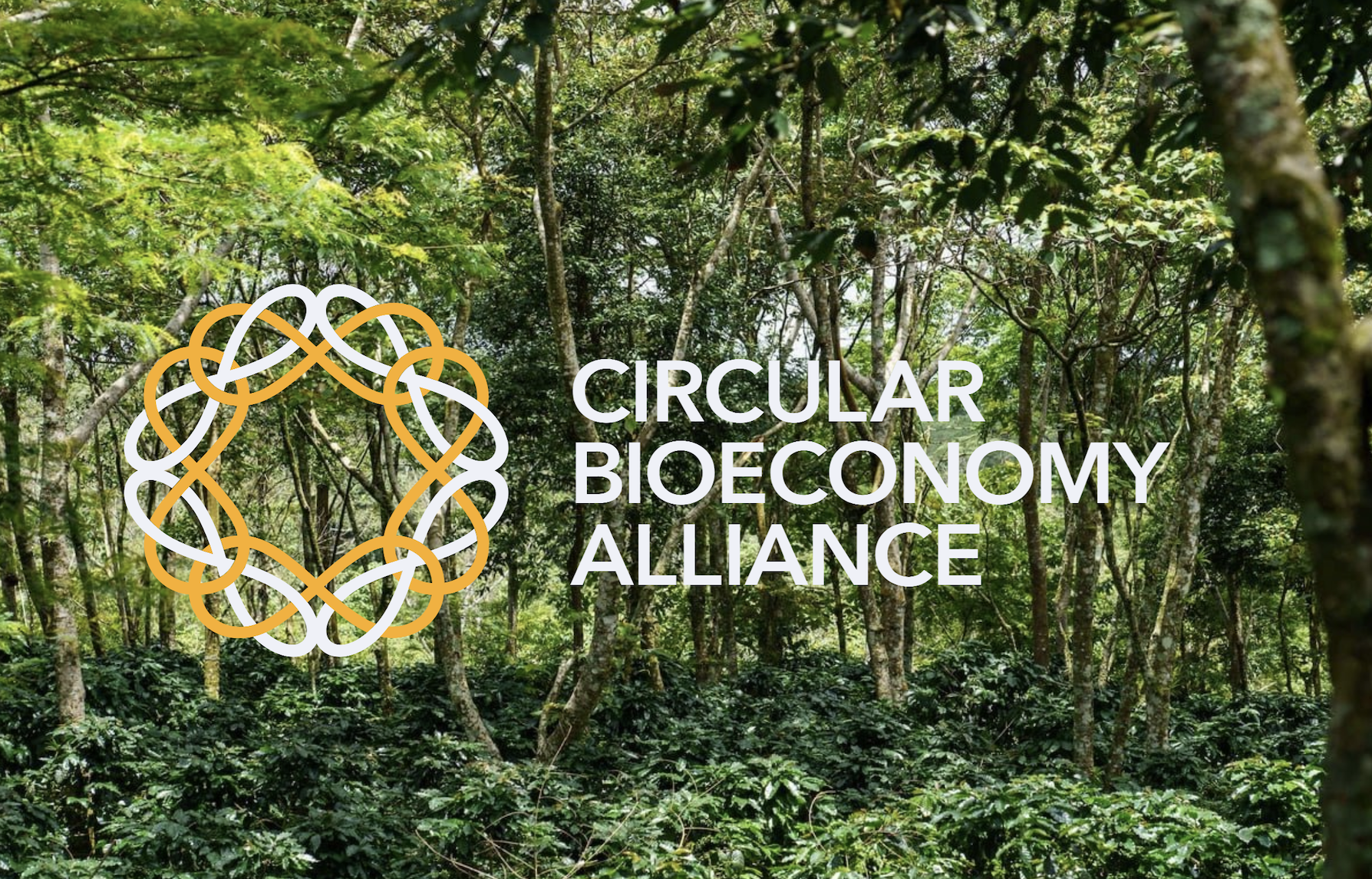Earth Day: Four ways to reduce your coffee and chocolate footprint
Earth Day reminds us that change doesn't have to wait for sweeping policy or perfect systems. Often, it starts with something as simple—and as...
Jan 29, 2024 - 1 min read
-Slow%20Forest.jpg?width=1200&height=800&name=Deforestation%20to%20monoculture%20and%20agroforestry_Mr.%20Sengphets%20farm%20(Nongbone%20Village)-Slow%20Forest.jpg)
Monoculture's scars in Nongbone Village, Laos, contrasted with coffee agroforestry's potential for soil restoration. Slow/Saosavanh Ketmala
“Coffee workers have the highest exposure,” said Dr Athina Koutouleas, a University of Copenhagen researcher who studies alternative protection strategies for coffee plants. “They are the ones spraying the chemicals. They usually live very close to the coffee farm as well, at least in my experience in Central America.”
Coffee monoculture is a type of agriculture that involves growing large areas of coffee plants with very little plant diversity in the surrounding ecosystem. This makes the coffee plants more susceptible to pests and diseases, which requires the use of more pesticides.
Koutouleas says there is key research that has found pesticide poisoning of smallholder farmers and local communities around coffee farming regions in Jamaica, Nicaragua and the Vietnam Mekong Delta.
In Brazil, the world’s largest coffee producer and pesticide consumer, chemical pesticide use increased by 190% over the past decade. Estimates show that roughly 38 million kilograms of pesticides are used annually in Brazilian coffee production. And since 2019, 475 new pesticides have been approved in Brazil, more than a third of which are not approved in the EU due to their toxicity.
This rapid expansion of monoculture over the last century has created ecological deserts, says Dr Koutouleas. “What we see is a decimated natural ecosystem in order to built up an artificial one.” Koutouleas also stressed that ‘it has come to a point where soils are no longer responsive to fertilizers across many coffee producing countries.’
When you industrialize any crop system, the goal is to grow as much of that particular cash crop as possible, using synthetic inputs to maximize yields. This leads to a drastic reduction in plant, insect and animal diversity on coffee farms, diminishing other vital functions and services that this kind of ecosystem performs, such as pollination, erosion control, watershed management and carbon storage.
“Even if we do not like those chemicals coming near our farming systems in the EU, we are essentially drinking them in our coffee,” Koutouleas said.
Dr Athina Koutouleas, an Australian researcher with a Ph.D. from the University of Copenhagen, specializes in coffee plant ecophysiology, agroforestry, and pathology. Her work focuses on the intersection between coffee cultivation, microclimate dynamics, and agroforestry, contributing valuable insights to sustainable agricultural practices.

Earth Day reminds us that change doesn't have to wait for sweeping policy or perfect systems. Often, it starts with something as simple—and as...

Big news from Slow. African Coffee Roasters is now part of the Slow family. And this isn’t just an acquisition—it’s a major step forward in how...

A few years ago, coffee and chocolate were just products. But at Slow, we’re changing the story. We’re not just selling beans and cocoa, we’re...